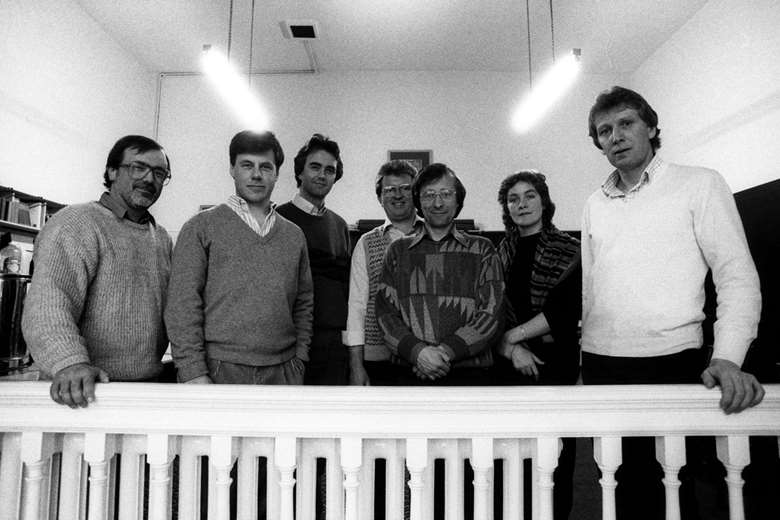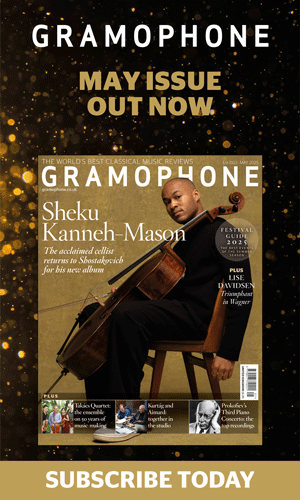Classics Reconsidered: the premiere recording of Arvo Pärt’s Passio
Friday, January 3, 2025
Edward Breen and Fabrice Fitch revisit the premiere recording of Arvo Pärt’s Passio, set down by the Hilliard Ensemble in 1988

Register now to continue reading
Thanks for exploring the Gramophone website. Sign up for a free account today to enjoy the following benefits:
- Free access to 3 subscriber-only articles per month
- Unlimited access to our news, podcasts and awards pages
- Free weekly email newsletter













